Geography Reference
In-Depth Information
1946 and 1954, trying to keep its hold on Indochina.
However, this significant loss was overshadowed by the
deaths of well over half a million Vietnamese.
Asian independence leaders, schooled in the ideals of
communism or democracy , were determined to build their
own independent states characterized by dignity , equality ,
democracy , and self-determination. China' s Sun Yat-Sen
(Sun Zhong-shian) (1866-1925) was regarded as the first
great Asian nationalist. Although China as a whole was
not a colony , some coastal areas were colonized, and for-
eign powers strongly influenced its government. The
name Sun Yat-sen, along with others such as Ho Chi-Minh
(1890-1969) in Vietnam and Sukarno (1901-1970) in In-
donesia, soon became familiar to newsreaders and listen-
ers. Such leaders instilled a new sense of national
consciousness among their respective peoples.
Marxism and Leninism were attractive to some inde-
pendence leaders because they provided explanations for
what was wrong with a world under imperialism and capi-
talism, told how to get rid of the old order, and offered a
model to put in its place. Marx based his theories on the
plight of an urbanizing and industrializing Europe. Lenin
recognized the potential power of both urban workers and
the rural peasantry . Asians witnessed the success of the
Russian Revolution of 1917, when the imperialistic Tsarist
regime was overthrown and large estates were confiscated
by the state in an attempt to equalize the use of land.
Lenin' s calls for revolution hit home with anti-imperialist,
pro-nationalist groups. It is important to understand that
communism was not the driving force behind independ-
ence uprisings in Asia. Nationalism and patriotism were.
Social movements of unprecedented scale and devas-
tation brought independence, although it was achieved
sporadically (Figure 1-15). Each country has its own
story to be spelled out in later pages. A patchwork quilt
of political systems emerged: democratic, communist,
SAKHALIN
ISLAND
Japanese empire 1930
Sphere of influence 1920-1930
Under control 1933
Controlled by Dec. 1941
Occupied 1941-1942
Extent of empire, Aug. 1942
MANCHURIA
(MANCHUKUO)
Sea
of
Japan
KOREA
CHINA
Shanghai
Pacific Ocean
OKINA W A
IWO JIMA
FORMOSA
BURMA
Hong Kong
MARIANA
ISLANDS
LUZON
SIAM
GUAM
JAPANESE
MANDATE
1920
PHILIPPINES
MARSHALL
ISLANDS
South
China
Sea
Sulu
Sea
Celebes
Sea
MINDANAO
P ALAU
TRUK
MALAYA
CAROLINE ISLANDS
Singapore
Indian
Ocean
Java
Sea
S T
0
0
500
1000 mi
Coral
Sea
AUSTRALIA
GUADALCANAL
500
1000 km
Figure 1-15
Japan' s “Greater East Asia Co-Prosperity Sphere.” Japan won Formosa from China as a prize
of war in 1895. It annexed Korea in 1910 and established Manchukuo in 1932. It pressed for
its goal to become “Britain of the Pacific” until its defeat by Allied Forces in 1945.
































































































































































































































































































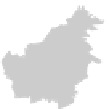



























































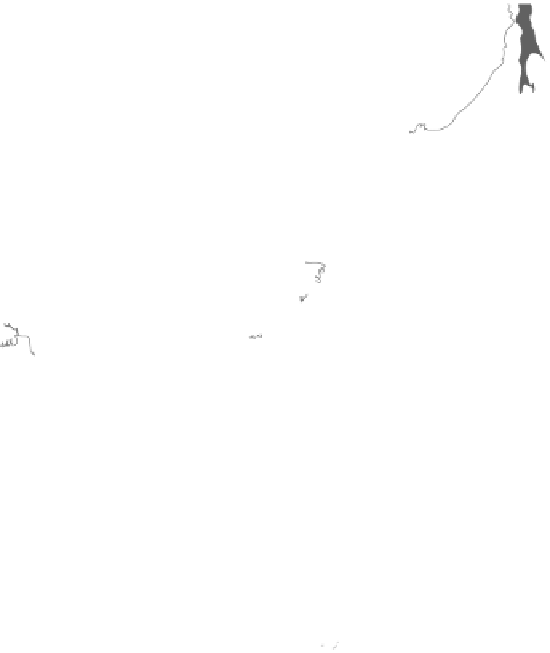


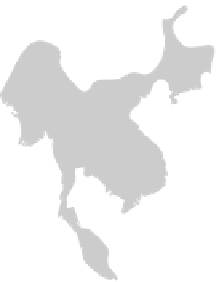



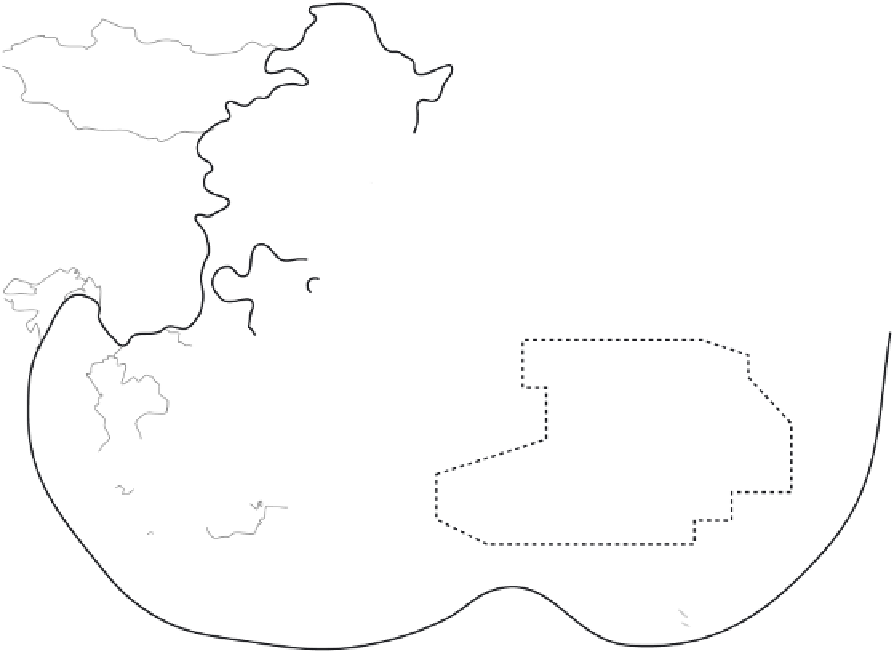



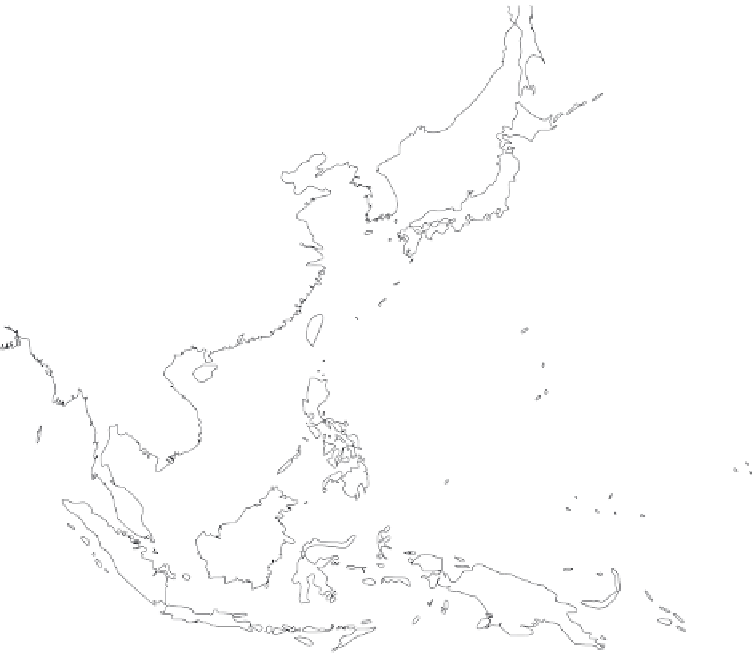
























Search WWH ::

Custom Search